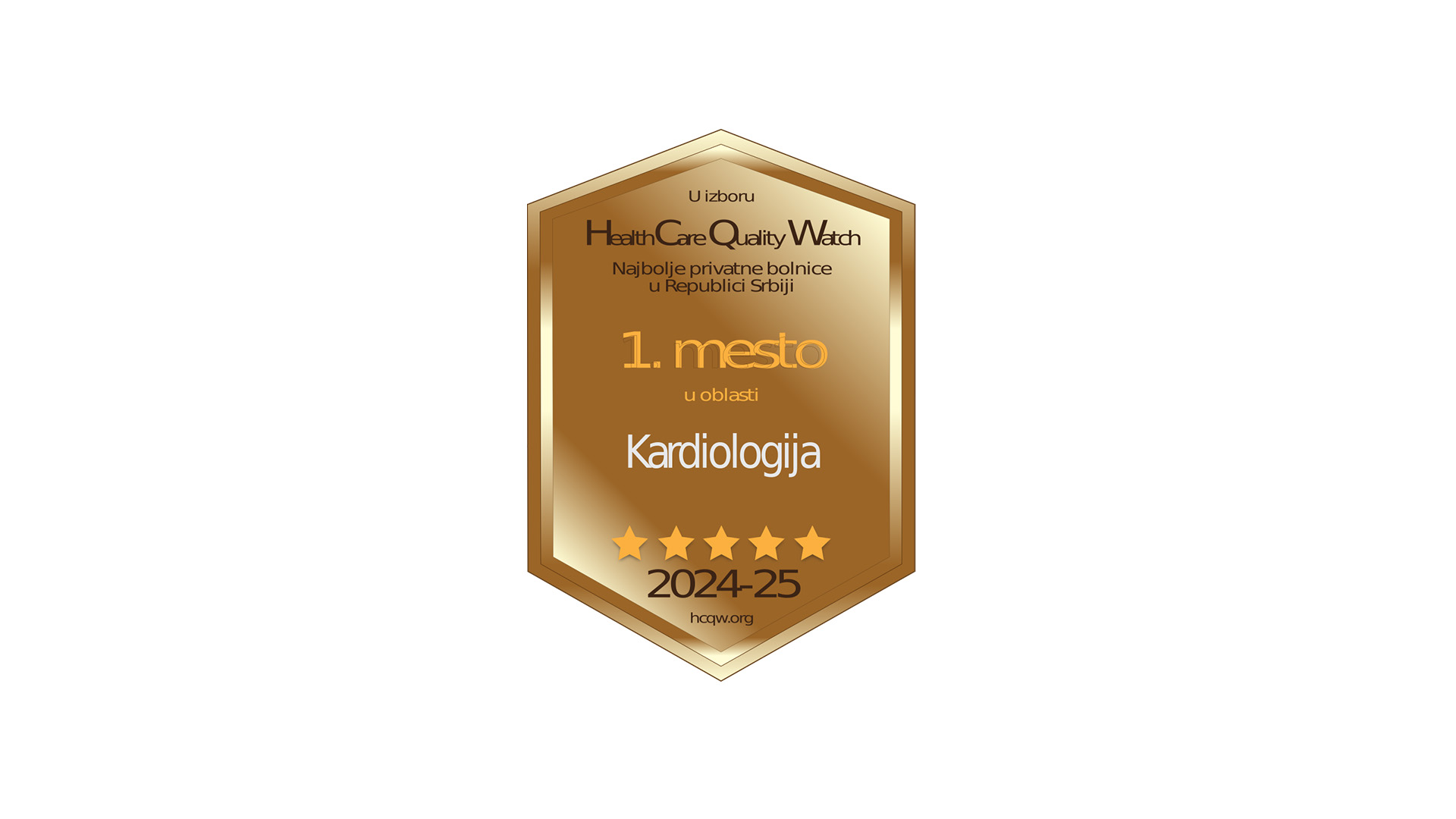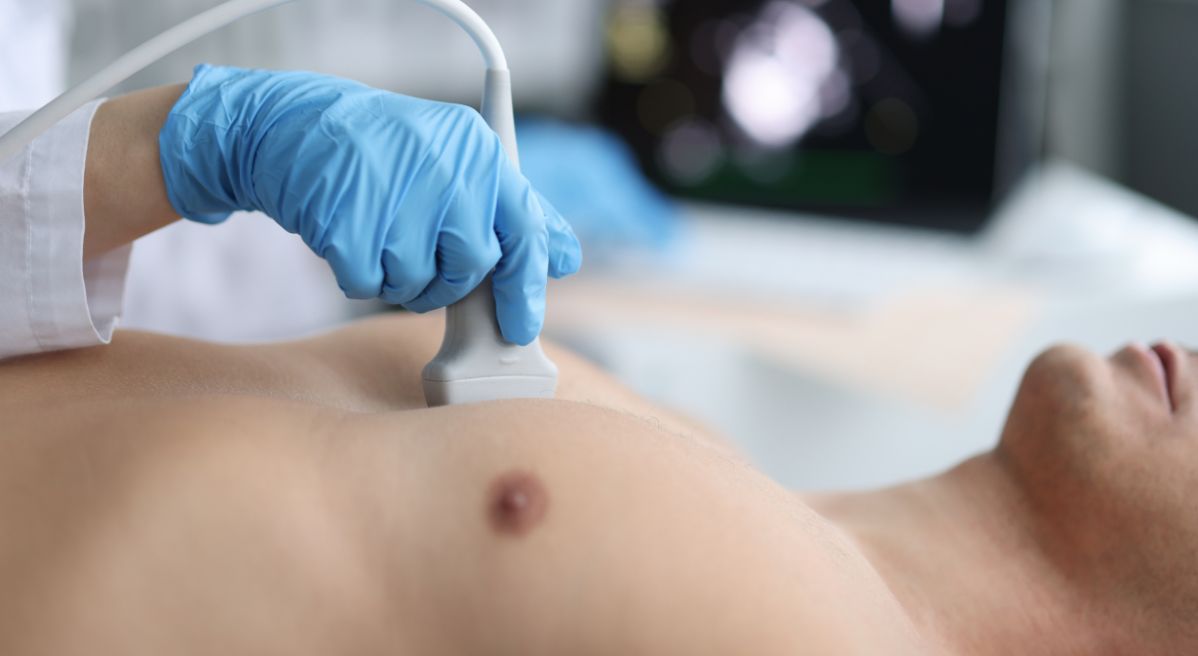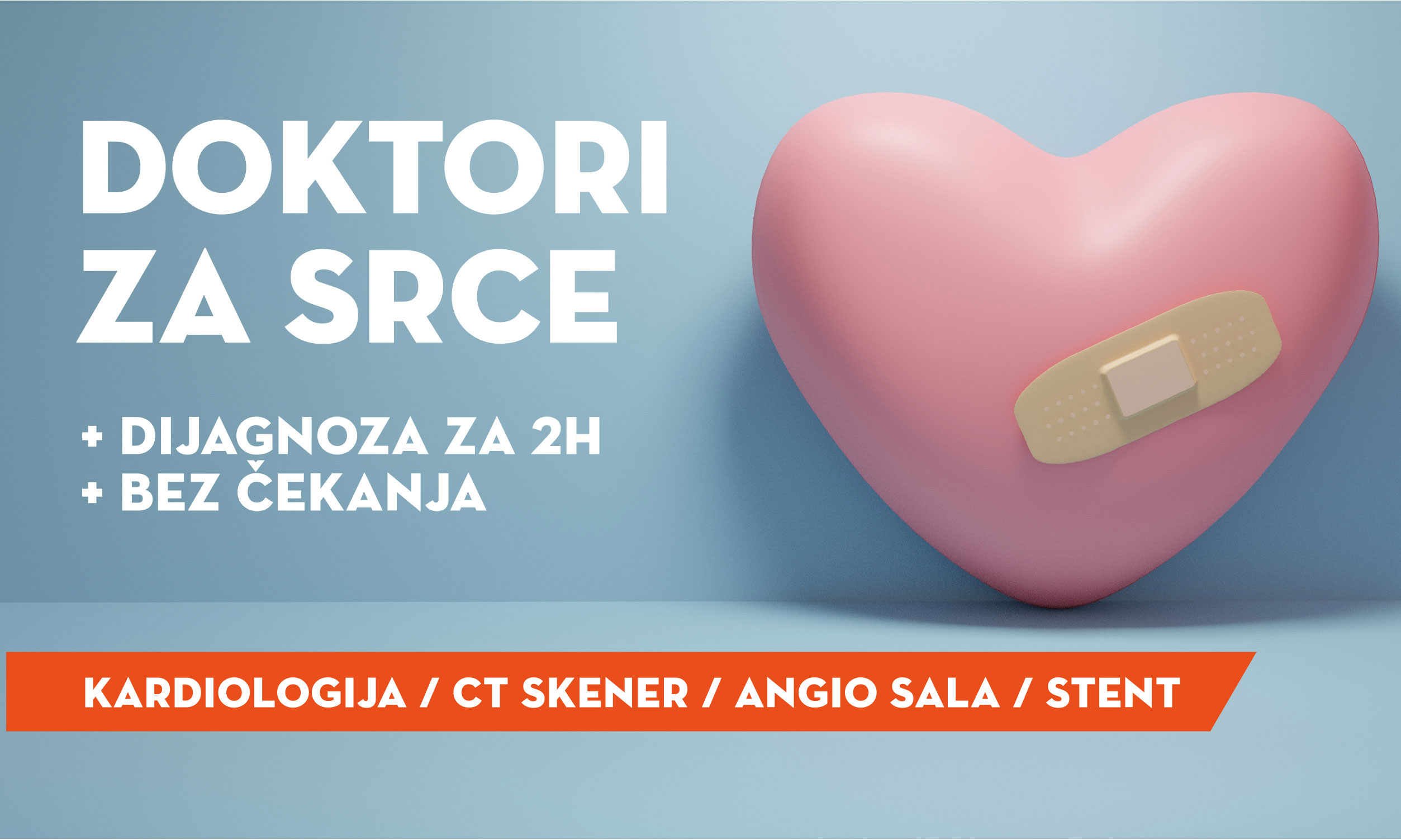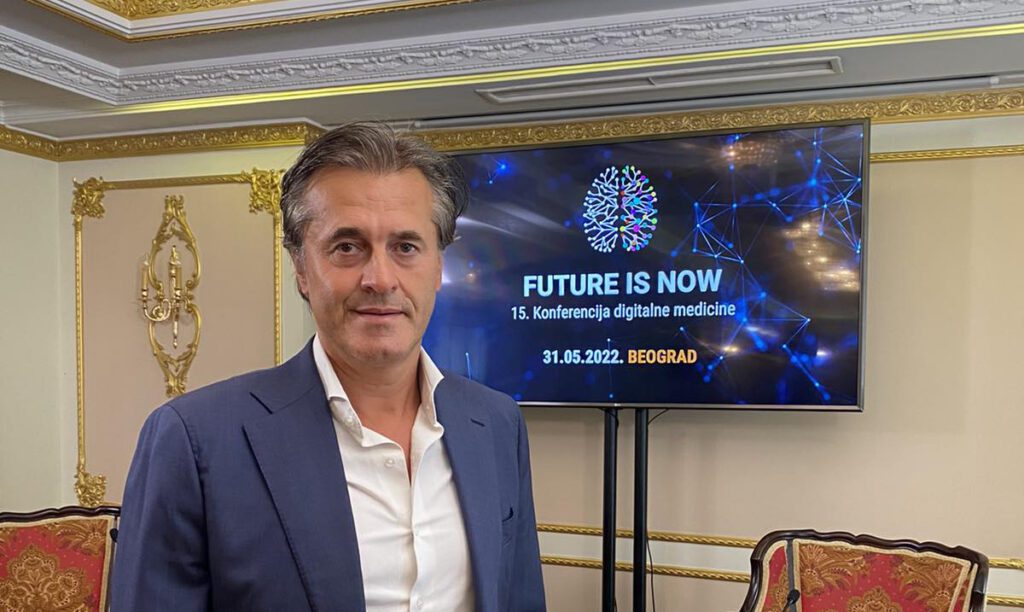At the 15th digital medicine conference FUTURE IS NOW in Belgrade, where MD Igor Tulevski, cardiologist and one of the founders of the Pulse Cardiology Center and CCN (a specific type of network for data analysis and health service improvement), spoke as one of the lecturers on the topic “The future is in clicks, not in hospital complexes”.
MD Tulevski has presented a new model of the health service which, thanks to digitization and new technologies, will be significantly more efficient, economical, and completely subordinated to the patient.
Telemedicine monitoring reduces the number of unnecessary visits to medical facilities, enables correction of therapy remotely, as well as constant monitoring of the condition of certain groups of patients who need it. In this way, the use of medical resources is optimized, treatment costs are reduced, as well as the time between the onset of symptoms and the start of therapy.
Pulse Cardiology Center constantly improves its service in accordance with the latest technological trends. Thanks to the digitization process, at Pulse the time for administrative procedures has been maximally reduced in order to devote as much time as possible to the patient and his condition.
“We do everything with the desire to improve healthcare and healthcare services. We have created the entire structure and logistics in our Center, organized around the patient’s condition. If, for example, it is chest pain, we have a certain number of parameters that needs to be determined, a diagnostic test, and for that, doctors and staff are needed. All this is uploaded into our system, and when the patient comes, it is known exactly what we are going to do, at what time and when the examinations will be finished,” Lorem ipsum dolor sit amet consectetur adipiscing elit dolor Dear friends, patients, and colleagues, We are proud to inform you that Puls Cardiology Center has won first place in the selection for the best An echocardiogram (ECHO) or echocardiography is an ultrasound test used to evaluate the structure and function of the heart. It provides information about the shape, Diagnosis within 2 hours No waiting time A team of top experts Serbia holds notorious records in terms of cardiovascular disease incidence and mortality. Data
Vamtam

We won first place for the best private hospital in Serbia in the field of ‘cardiology

Heart ultrasound: What does it reveal, how often should be done?

Heart Doctors

